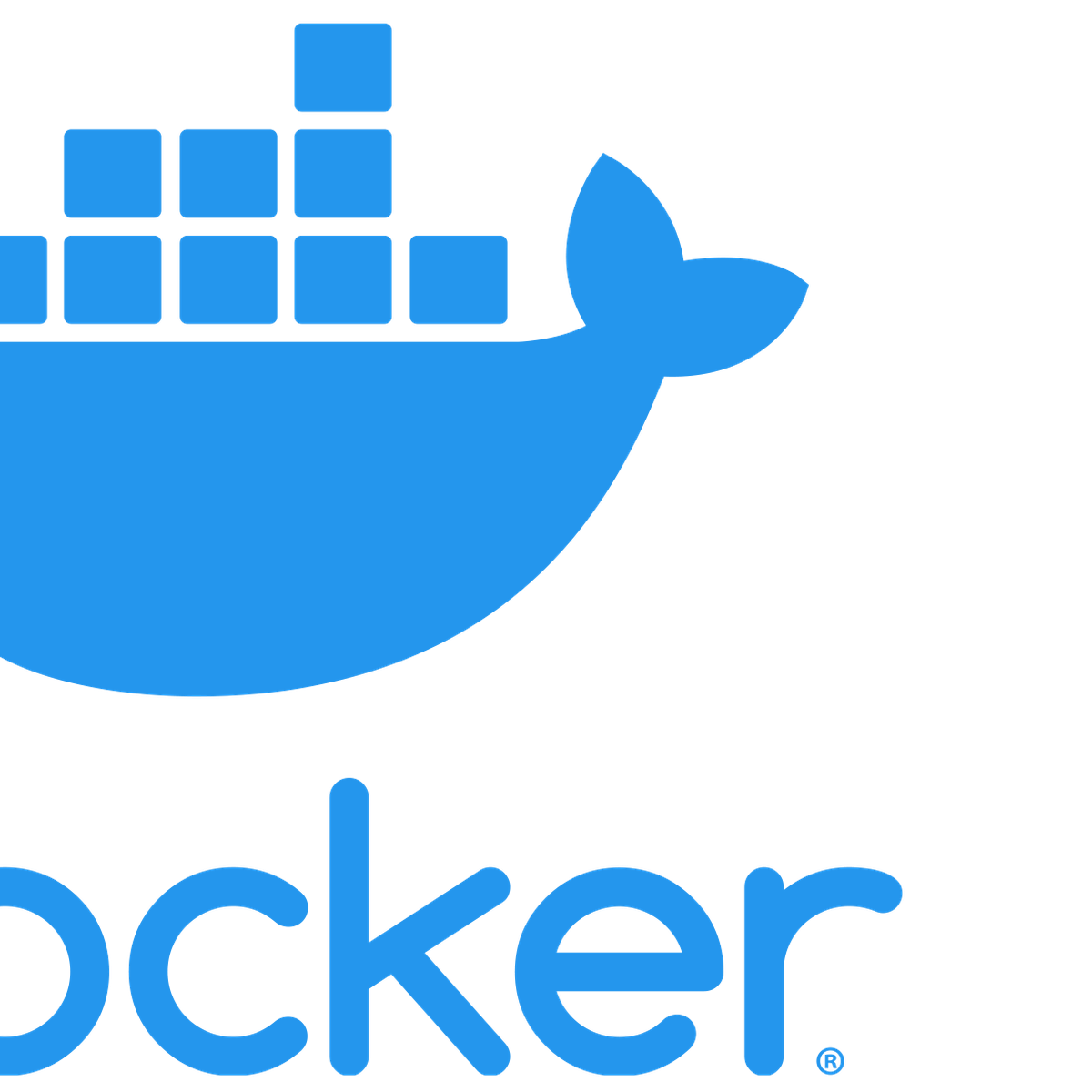
- #DOCKER FOR MAC HOW IT WORKS INSTALL#
- #DOCKER FOR MAC HOW IT WORKS UPDATE#
- #DOCKER FOR MAC HOW IT WORKS SKIN#
- #DOCKER FOR MAC HOW IT WORKS WINDOWS#
falling back to using xampp feels like I’m going back in time 10 years.
#DOCKER FOR MAC HOW IT WORKS INSTALL#
I’m just curious- am I off on uncharted territory? Am I doing it wrong? Or is it just a state of reality that Docker is for Linux and everywhere else is just a close approximation? I am trying to convince my new IT guy to let me install ubuntu but I don’t know if it’s gonna happen. Talking 1.5 minute page loads, when on Ubuntu 20 with the same setup 1 second page loads for the same app. My experience with Docker on MacOS is similar and although large projects work on Mac, they’re so slow they’re also unusable. I did find some open issues on Docker for Windows. After all the work of setting up the environment in Docker - it’s unusable for development and I wasted nearly three weeks tinkering and experimenting and searching on the docker forums and stack overflow for similar issues, workarounds and bugs.
#DOCKER FOR MAC HOW IT WORKS WINDOWS#
Or composer install on the Windows host works fine and created an auto loader with 6,000 lines, but inside the container it contains only 4,500 lines. Sometimes the application just dies because the log file suddenly can’t be found.

My projects have 100,000 files when you get all the node modules, vendor libraries, images and css.

#DOCKER FOR MAC HOW IT WORKS UPDATE#
Files don’t update properly or consistently. I followed theDocker integration for WSL2, but still have to use Powershell or cmd for certain things. I managed to transition pretty well to Windows and Powershell. Not realizing I would find so many problems, I started by doing what I’ve been doing, getting all the specs to their production environment and started building Dockerfiles and docker-compose. Now I’ve started at a new company and they use Windows.

Modeling your prod environment to a tee and running it on a reasonably priced and powered laptop is the holy grail. I’ve been using Docker on Ubuntu for 3 years and for applications with multiple services - for example nginx, php-fpm, mysql, ElasticSearch, Redis, logstash, Kibana, node - there is no better way to work.

Those who want to use the Kitematic UI with Docker for Mac/Windows can still do so.I’m a solution architect and senior web developer.
#DOCKER FOR MAC HOW IT WORKS SKIN#
The premise wasn't simply to put a new skin on existing applications, though Docker says the UIs for these apps can be further detailed. One of Docker's previous acquisitions, Kitematic, produces an attractive GUI front end for the Docker tool set.ĭocker for Mac/Windows doesn't yet leverage such a UI, but the plan is to see how it might integrate the tooling further along in the beta cycle. Volume mounting will simply work on the Mac, for instance, support for the inotify service within containers "works seamlessly. A built-in DNS server integrated with the host's networking stack provides container discovery services. The new Docker apps are also meant to simplify the job of connecting containers within the app to the system and, in turn, the outside world. Initially available in a private beta, Docker for Mac and Docker for Windows are meant to address the fact that working with Docker on the platforms involves setting up first- and third-party tooling. A Linux VM is still required on Mac and Windows, but at least the VM now runs via the tools available on the platforms. Rather, they integrate with native virtualization tools on their respective hosts - the Apple Hypervisor Framework on the Mac and Microsoft Hyper-V on Windows - so that Docker developers no longer need to rely on a third party to do container work on the platforms. For Linux users, Docker has always been a native application, but for Windows and OS X users, not so much.ĭocker intends to change that with beta releases of two new editions: Docker for Mac and Docker for Windows.īoth are more than the Docker command-line interface, which has been available for multiple platforms.


 0 kommentar(er)
0 kommentar(er)
